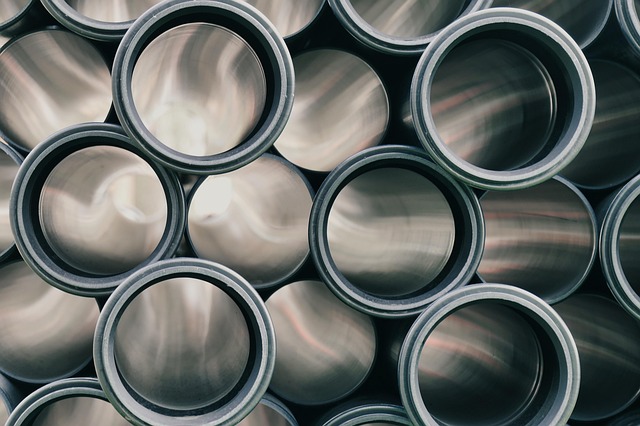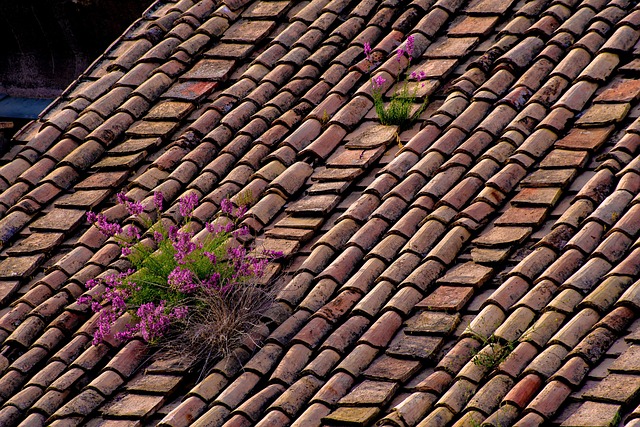Green roofing systems are a sustainable solution for businesses aiming to reduce energy consumption and environmental impact. These systems, featuring plants, soil, and organic materials, provide excellent insulation, enhancing indoor temperature regulation and lowering energy costs. They improve air quality, manage rainwater runoff, and contribute to ecological preservation. Popular options include living roofs and eco-friendly materials like solar panels and cool roofs. Successful real-world implementations have led to significant energy cost savings and reduced carbon footprints. Businesses interested in installing green roofing systems should assess their building's structure, consult professionals, and consider long-term cost savings and environmental benefits when selecting materials and designs.
“Looking to reduce your business’s energy footprint and embrace sustainability? Green roofing systems offer a promising solution. This comprehensive guide aims to equip businesses with the knowledge they need to navigate the eco-friendly roof revolution. From understanding the basics of these systems to exploring their energy efficiency benefits, we’ll cover all aspects. Discover diverse green roofing options tailored to your needs, learn about installation and maintenance, and gain inspiration from real-world case studies. Embrace a sustainable future with our expert insights on integrating green roofing into your business strategy.”
- Understanding Green Roofing Systems: An Overview for Businesses
- Benefits of Eco-Friendly Roofing for Energy Efficiency
- Types of Green Roofing Systems: Options for Every Business
- Installation and Maintenance: Ensuring Long-Lasting Sustainability
- Case Studies: Successful Implementation in Real-World Businesses
- Strategies for Integrating Green Roofing into Your Business Plan
Understanding Green Roofing Systems: An Overview for Businesses

Green roofing systems are a cutting-edge solution for businesses seeking to reduce their environmental impact and energy costs. These innovative systems transform traditional roofs into vibrant ecosystems, offering a range of benefits that extend beyond aesthetics. By incorporating elements such as plants, soil, and other organic materials, green roofs provide insulation, helping to regulate indoor temperatures and decrease the need for heating or cooling. This simple yet powerful feature translates to significant energy savings over time.
Moreover, sustainable roofs contribute to improved air quality, as plants act as natural filters, absorbing pollutants and releasing oxygen. They also play a crucial role in managing rainwater runoff, as the plant material absorbs and slows down water flow, reducing strain on local drainage systems. With their multi-functional advantages, eco-friendly roofing is not just a trend but a strategic choice for businesses aiming to operate more sustainably and contribute to a healthier planet.
Benefits of Eco-Friendly Roofing for Energy Efficiency

The transition to eco-friendly roofing systems offers businesses a powerful tool to enhance energy efficiency and contribute to a sustainable future. Green roofing systems, such as living roofs or sustainable roofs, provide multiple advantages that go beyond their aesthetic appeal. By incorporating plants, these roofing solutions create insulation, reducing heat transfer and subsequently lowering cooling costs during warmer months. This natural barrier also helps maintain a consistent indoor temperature, leading to significant energy savings over time.
Moreover, eco-friendly roofing promotes environmental sustainability by mitigating the urban heat island effect, where concrete and asphalt structures contribute to elevated city temperatures. The deep root systems of plants in living roofs absorb and store rainwater, reducing stormwater runoff and potential flooding. Additionally, these systems improve air quality by absorbing carbon dioxide and releasing oxygen, making them not just energy-efficient but also environmentally beneficial.
Types of Green Roofing Systems: Options for Every Business

Green roofing systems offer businesses an eco-friendly solution to reduce their carbon footprint and energy costs. There are various types available to suit different needs and budgets, making sustainable roof options accessible for all. One popular choice is the living roof, which involves planting a layer of vegetation on top of a building. This not only provides insulation but also helps with rainwater management and creates a diverse habitat for local wildlife.
Another option is an eco-friendly roofing system that incorporates energy-efficient materials such as solar panels or cool roofs. Solar panels can generate clean energy, while cool roofs are designed to reflect sunlight, reducing the need for air conditioning. These innovative solutions not only contribute to a greener environment but also provide long-term cost savings for businesses committed to adopting more sustainable practices.
Installation and Maintenance: Ensuring Long-Lasting Sustainability

The journey towards a sustainable future starts with thoughtful choices in construction and infrastructure. For businesses aiming to reduce their carbon footprint, installing eco-friendly roofing systems is a significant step. Green roofing systems, which include living roofs or sustainable roofs, offer not just environmental benefits but also enhance energy efficiency. These systems are designed to support plant growth while providing insulation, reducing the need for excessive heating and cooling.
Proper installation and ongoing maintenance are key to ensuring these eco-friendly roofing solutions last. Regular checks, timely repairs, and seasonal adjustments keep the living roof in optimal condition, maximizing its environmental impact. A well-maintained green roofing system not only extends its lifespan but also continues to contribute to energy conservation, making it a valuable investment for businesses committed to sustainability.
Case Studies: Successful Implementation in Real-World Businesses

Many businesses are turning to green roofing systems as a way to reduce their energy consumption and environmental impact. Case studies from around the globe highlight the successful implementation of these innovative solutions. For example, a retail chain in Europe installed a living roof that not only reduced heating and cooling costs but also provided insulation against extreme weather conditions. This eco-friendly roofing system has been instrumental in lowering the building’s overall energy usage by 30%.
Another notable case involves a tech startup in North America that opted for a sustainable roof. By integrating solar panels into their green roofing design, they generated a significant portion of their energy needs, further reducing their carbon footprint. The company also reported a decrease in maintenance costs due to the robust and water-resistant nature of the eco-friendly roofing system. These real-world implementations demonstrate that green roofing systems are not only environmentally beneficial but also economically viable for businesses looking to enhance their sustainability efforts.
Strategies for Integrating Green Roofing into Your Business Plan

Integrating a green roofing system into your business plan offers a strategic approach to reduce energy usage and environmental impact. Begin by evaluating your building’s structure and identifying areas suitable for eco-friendly roofing modifications. Consult professionals who specialize in sustainable roof installations to recommend solutions tailored to your facility’s unique needs. This step ensures the chosen method aligns with local regulations and structural integrity requirements.
Consider long-term cost savings and return on investment when selecting materials and designs. Eco-friendly roofing options, like living roofs or green membranes, can significantly decrease energy bills associated with heating, cooling, and insulation. Additionally, these systems enhance building insulation, improve air quality, and contribute to a positive corporate image by showcasing your commitment to environmental stewardship.
